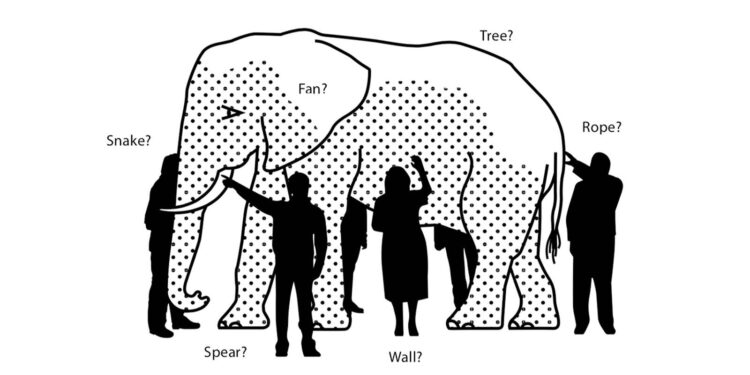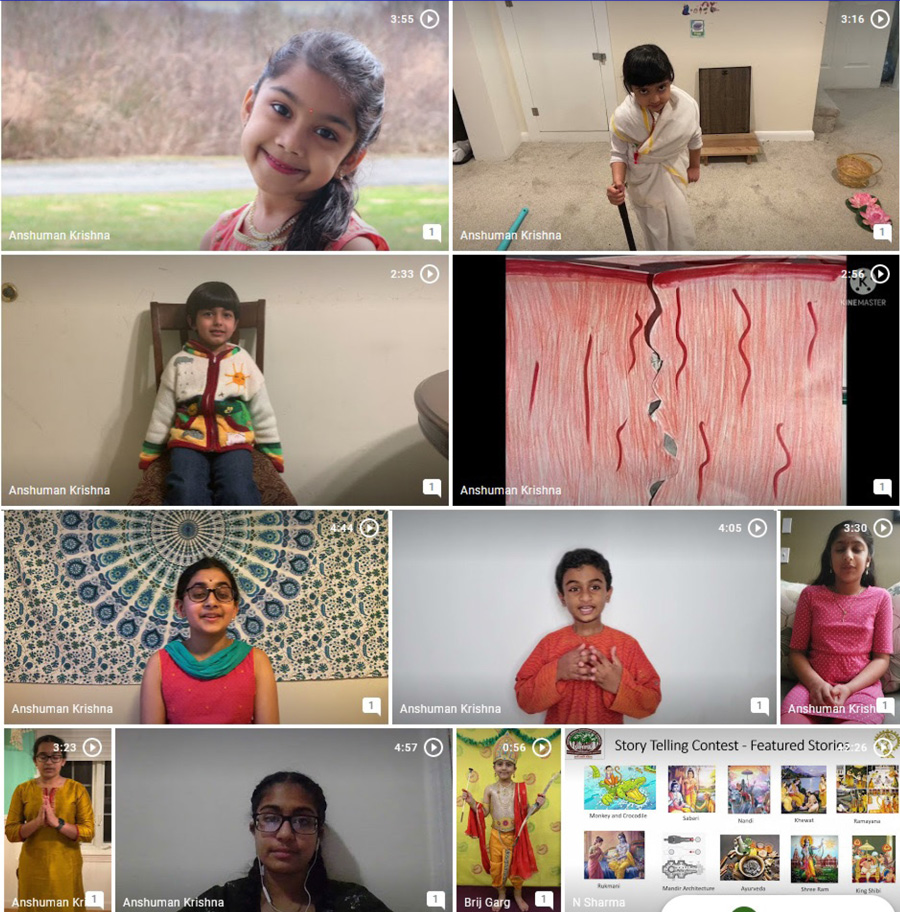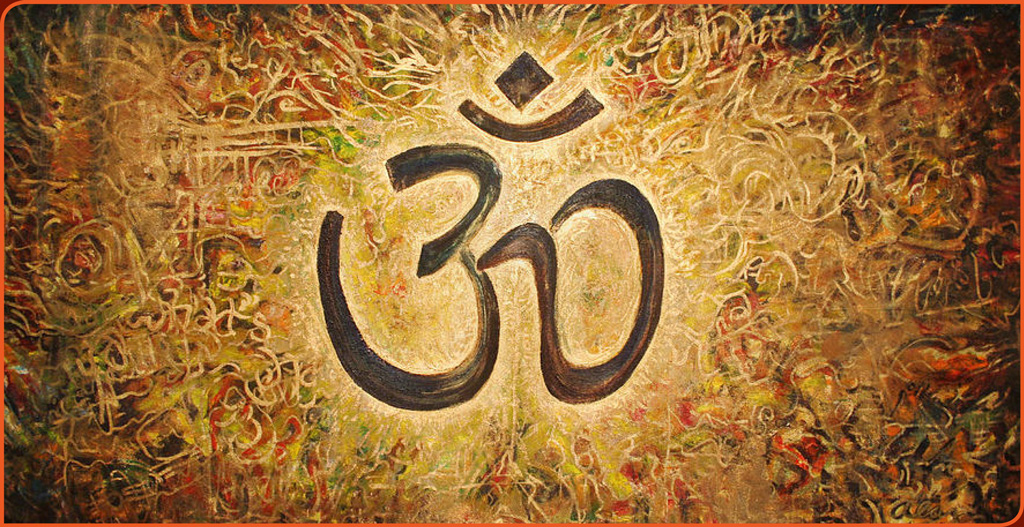Protesters rally to protect those who entered illegally, arguing that compassion should override law—because enforcing borders, it seems, is just too unkind. They call for open arms, even if it means closed eyes to the legal system.
Opponents of the war on terror demand peace without conflict, trusting that dialogue alone can stop those who thrive on violence. They reject military action, confident that goodwill can outmatch armed extremism. All of this signals a deeper shift in global political currents—a resurgence of populism shaped not by conventional political strategy, but by memes, media manipulation, and digital charisma.

Meanwhile, TikTok thrives, its user base swelling into the billions—even as governments issue stark warnings over data privacy and national security. Despite bans, investigations, and geopolitical concerns, the app remains embedded in daily life, a digital opiate offering entertainment, escapism, and virality.
Social media is no longer peripheral to conflict; it is central to how conflicts are perceived, debated, and, in some cases, escalated. Future policy must consider media literacy, digital regulation, and ethical standards in managing the volatile intersection between public discourse and national security.
Across all these seemingly disconnected events runs a common, disturbing undercurrent—a pattern that reflects something deeper about our species. In a world governed by screens and scrolls, reality is no longer what is, but what trends. Social media has become our mirror and our mold, distorting truth while shaping perception. This “innate human reel-ty”—a reel-based version of reality—is the emotional herd immunity we cling to, shielding us from uncomfortable truths. In many ways, the substantiality of the 21st century no longer rests on what is right or wrong, but on a perpetual exchange of attention, influence, and agenda—a quid pro quo of validation and virality.
This raises urgent, uncomfortable questions: What is the role of influencers, content creators, and online opinion leaders in this age of blurred boundaries? How much of our reality is crafted by those who have simply mastered the art of digital engagement? When every fourth person on social media identifies as a content creator, and platforms reward emotion over fact, is objective truth even relevant anymore?
The Theater of Conflict: The Ubiquitous War
Consider the geopolitical implications of this trend. India and Pakistan, two nuclear-armed nations with a history of conflict, now find themselves not only facing off at the border but on every social platform. During critical flashpoints like the 2016 Uri attacks or 2019 Pulwama-Balakot episode, social media witnessed a sharp spike in engagement. Twitter, Facebook, WhatsApp—all flooded with patriotic hashtags, real-time reactions, war cries, and disturbing misinformation.
Almost instantly, hashtags like #IndiaStrikesBack and #PakistanZindabad trend, reducing complex geopolitical scenarios into binary battles of pride and perception. People replace their profile pictures with national flags; influencers release emotional tributes to fallen soldiers; and anonymous trolls unleash coordinated digital barrages across borders.
And yet, beneath this performative nationalism lies a dangerous reality: misinformation spreads faster than missiles. Doctored videos, recycled footage from video games, AI-generated clips—all circulate as “live updates,” stoking fear, confusion, and at times, hatred. Encrypted platforms like WhatsApp and Telegram, shielded from scrutiny, become breeding grounds for hysteria and rumor.
Caught in this storm are the journalists and influencers—many of whom walk a treacherous tightrope between factual reporting and audience appeasement.
The Age of Influencers and Influence
In this media-driven war of words and images, social media is no longer peripheral to conflict. It is central—a weapon, a shield, and a theatre. How wars are perceived, debated, and potentially escalated now depends as much on digital virality as on military strategy. This is no longer speculation; it’s strategic reality.

That said, the implications of this influence extend far beyond warzones. The average person today spends two to two and a half hours per day on social media, which amounts to over 36 days per year—a month’s worth of scrolling, liking, sharing, consuming. And consuming what? The curated lives of others. The illusion of relevance. The dopamine-fueled gratification of digital connection.
And with 127 million influencers worldwide, and 25% of users identifying as content creators, we’ve reached a curious saturation point. If one in every four people is creating, who’s left just watching? Perhaps that’s the tragedy: the rest of us are watching, passively absorbing, subtly reshaped by the very content we think we’re just “scrolling past.”
Where Do We Go From Here?
We live in an era where content creators shape consciousness, and the scroll wheel holds more emotional power than any policy document. This isn’t just about tech addiction or cultural shift. It’s about reality itself being rewritten—subtly, daily, invisibly.
Which begs the final, existential question:
Are we really that lonely?
Is our need for connection, for belonging, for affirmation, so profound that we willingly surrender our attention—and with it, our agency—to a digital feed that rarely reflects our lived truth?
Have we traded substance for spectacle, facts for filters, nuance for narratives?
The 21st century has ushered in not just a new era of communication, but a new currency of influence. If we are to reclaim our sense of reality—personal, political, and collective—then the time has come to demand better: media literacy, ethical regulation, and a critical reexamination of our digital lives.
Until then, we scroll on—together, yet alone.




![[ India Today ] Ohio senator JD Vance thanks wife, a Hindu, for helping him find Christian faith](https://hinduvishwa.org/wp-content/uploads/2024/06/us-senator-jd-vance-reveals-how-his-hindu-wife-usha-helped-him-find-his-christian-faith-image-re-272530504-16x9_0-120x86.webp)










